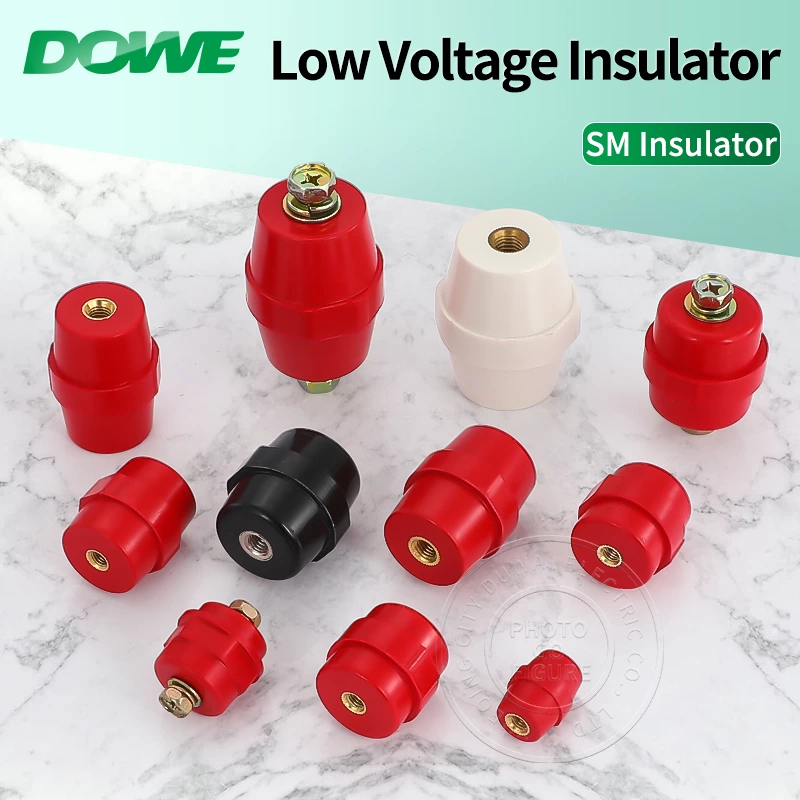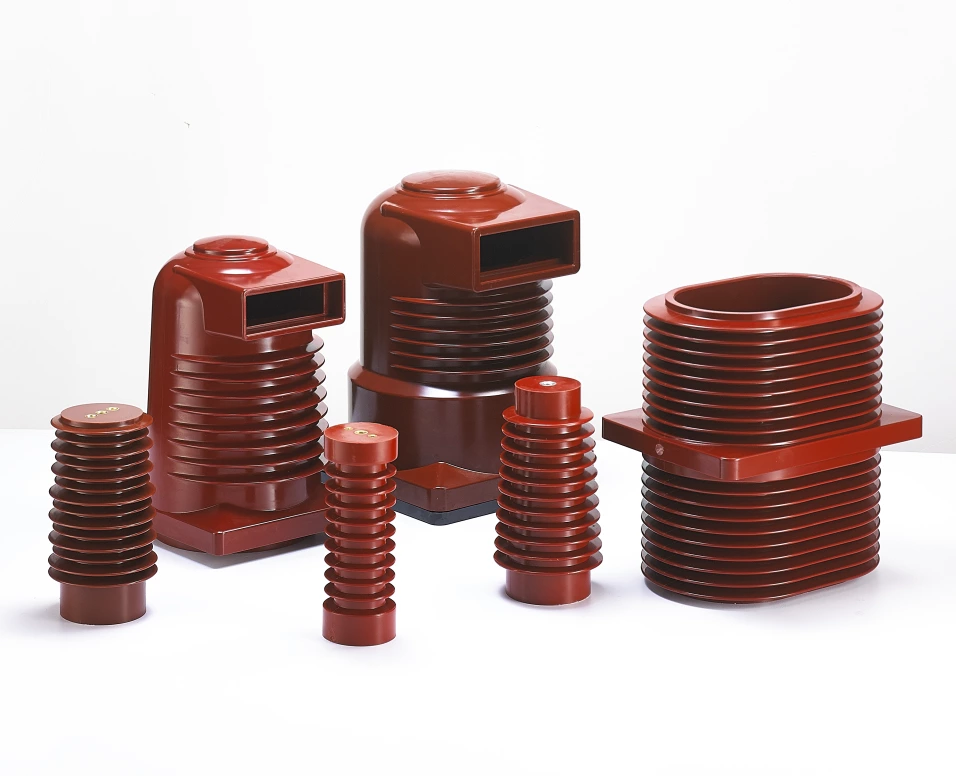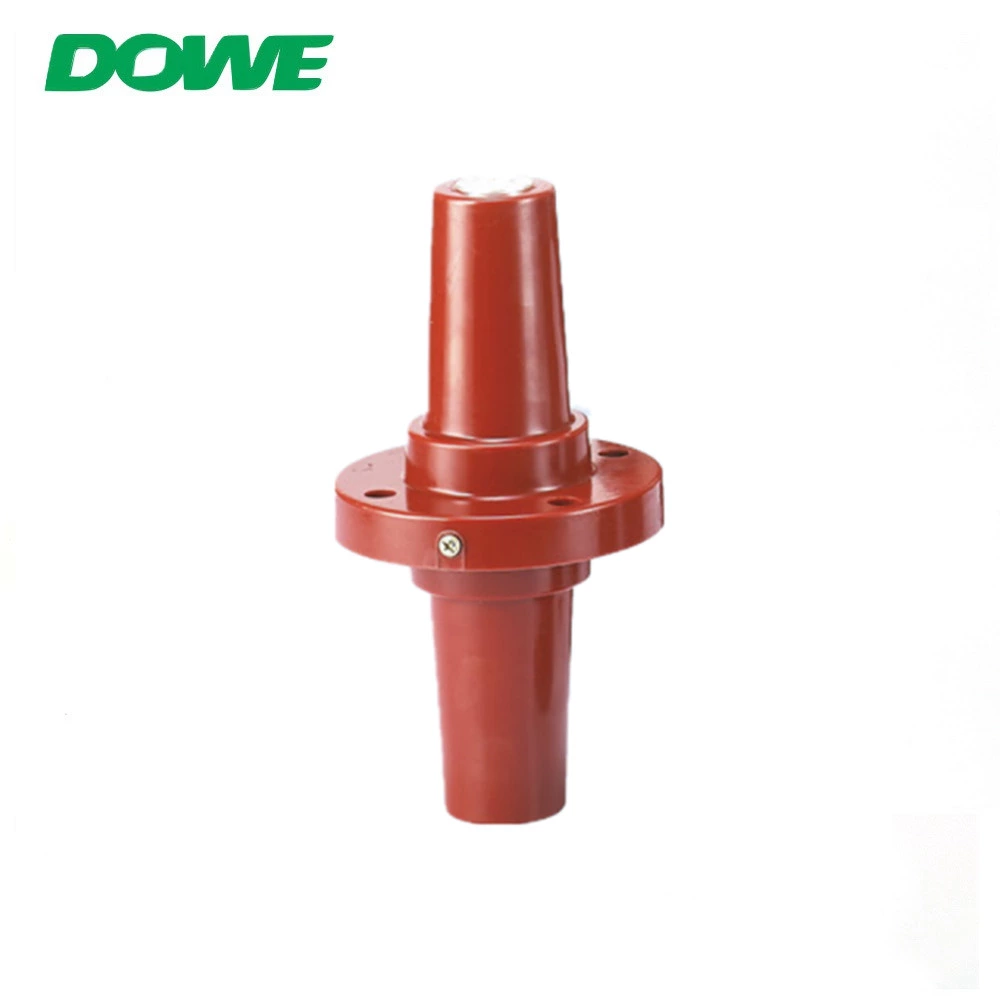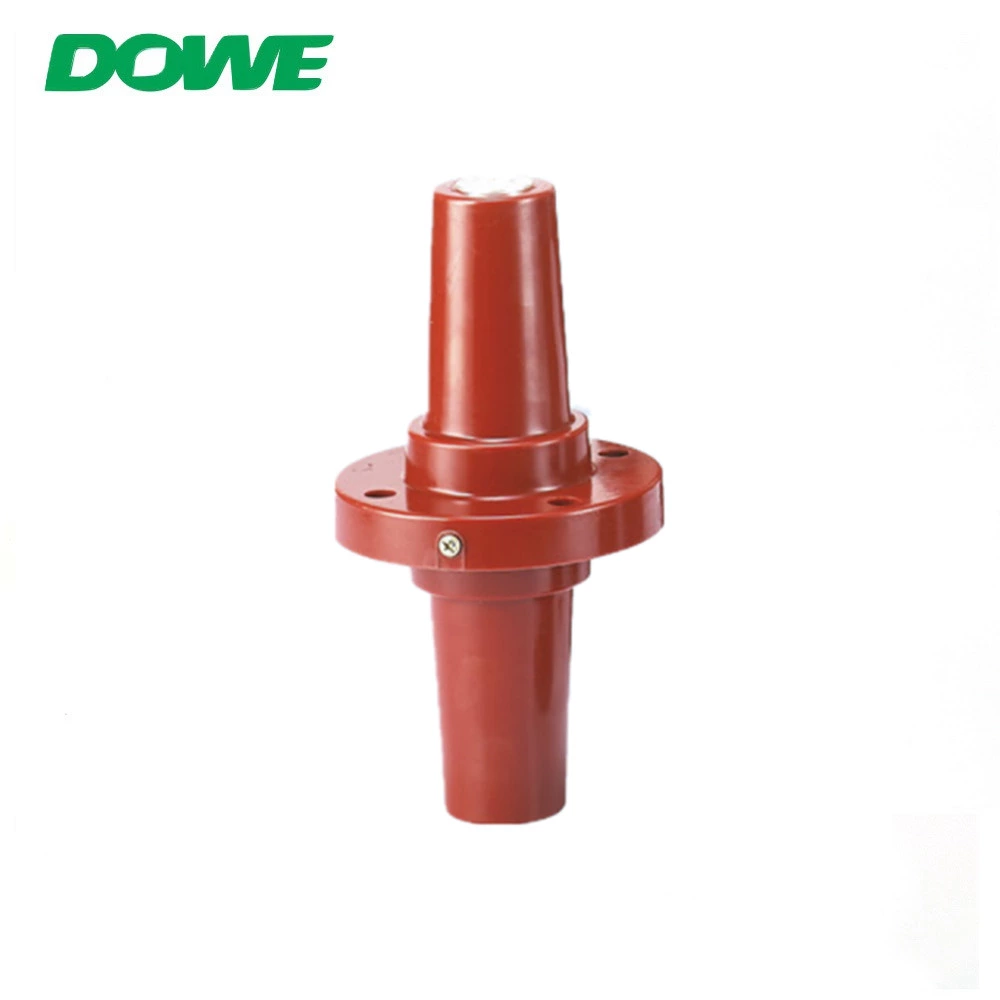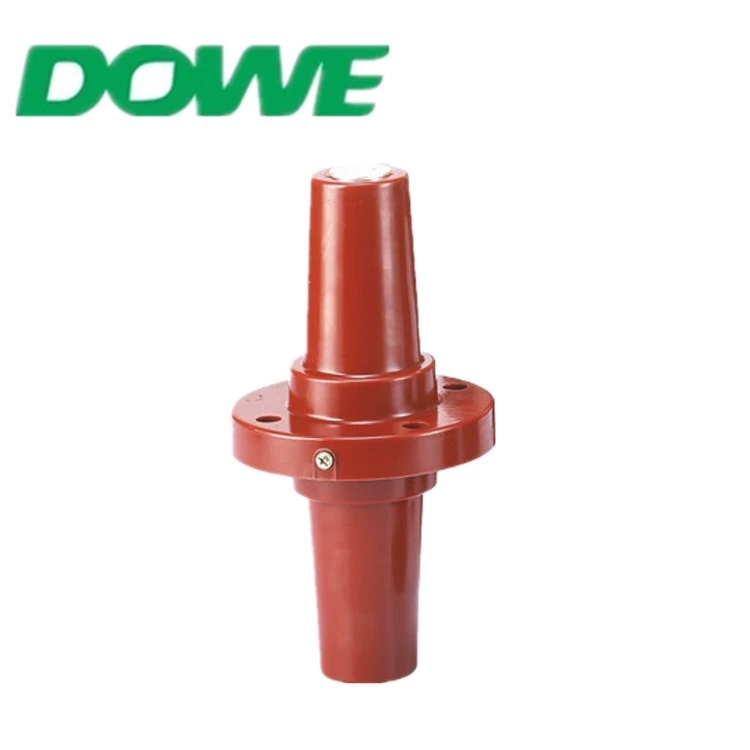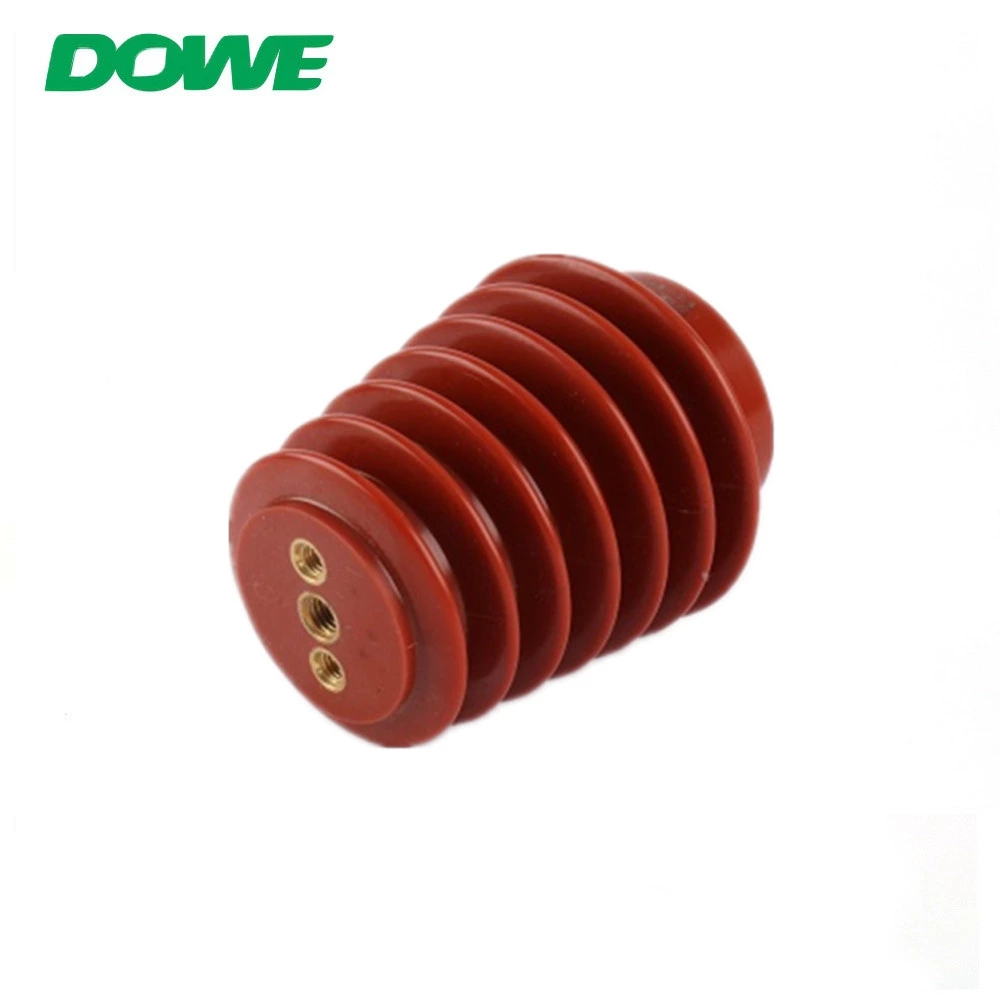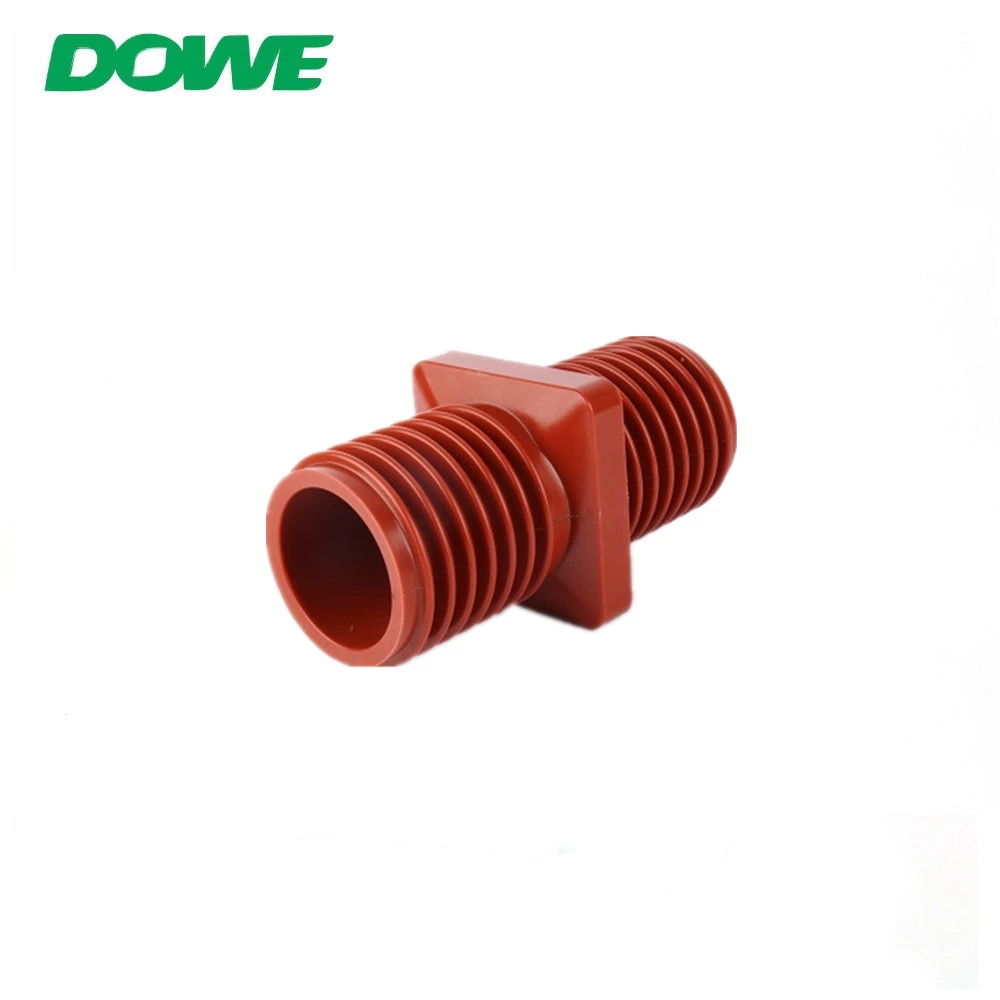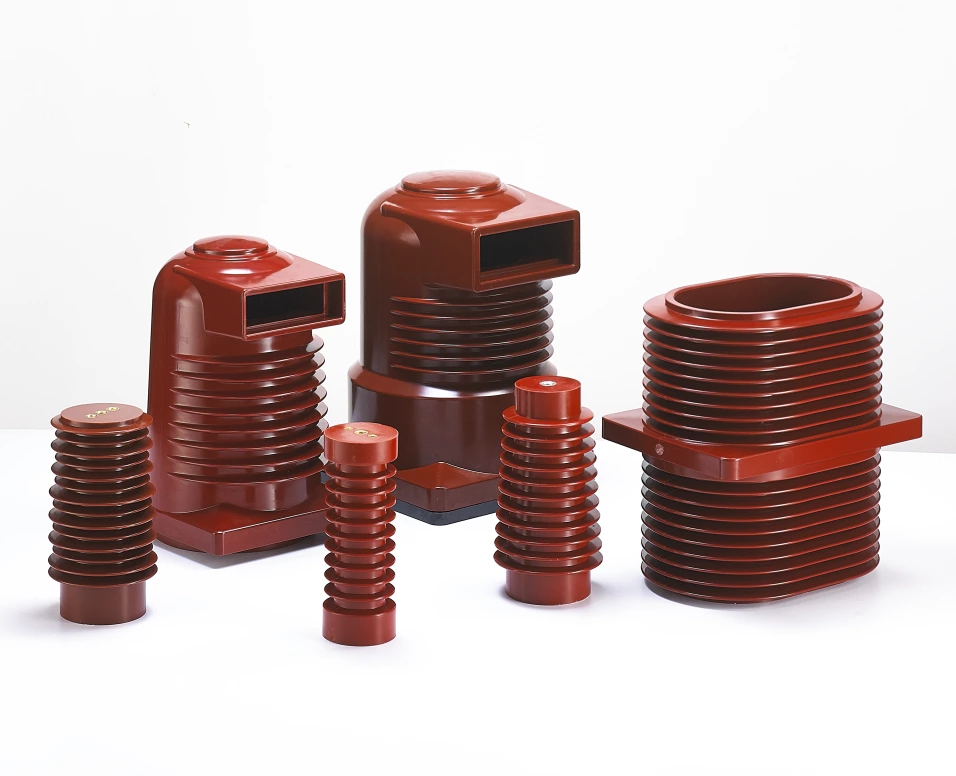Exploring Two Production Processes for Glued Heat Shrinkable Tubes in Detail
There are generally two types of glued heat shrink tubing, one is co-extruded double-walled heat shrinkable tubing and the other is glued medium-thick wall heat shrinkable tubing (straight-glued and spiral-coated). Because the production process and wall thickness are different, the uses are also different. Double-wall heat shrink tubing is often used in the field of electronic equipment, while medium-thick wall heat shrink tubing is widely used in the sealing of communication cables or pipes. Let’s analyze the differences between the two methods of gluing heat shrinkable tubes.
Co-extruded heat shrinkable tube with glue
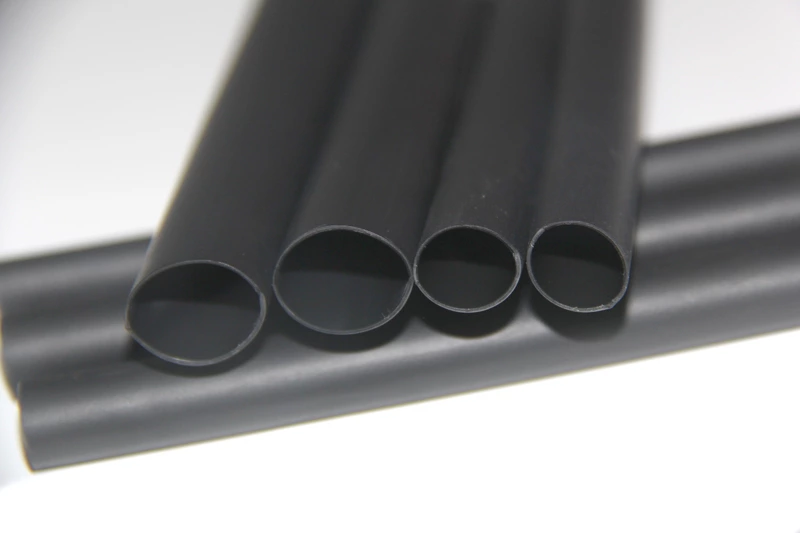
First of all, the two glue coating processes are different. The double-walled heat shrink tube adopts the co-extrusion glue coating process. When extruding the tube, the hot melt glue is also applied to the inner wall of the tube. The thickness of the glue layer is uniform and looks good to the naked eye. It's like having two layers of pipes, so it's called double-walled heat-shrinkable tubes. Double-walled heat-shrinkable tubes are mostly of small diameter and have very good sealing properties. They are often used for waterproof sealing of cables in electronic and electrical equipment, and for waterproofing of water pump wiring. Fixing and sealing of underwater lighting, automobile pipelines, wiring harness branches, etc.
Glued heat shrinkable tube
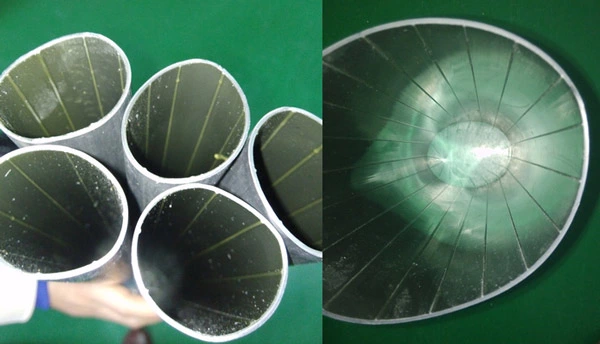
Direct-coating adhesive thick-walled heat shrink tubing has many evenly distributed hot melt glue lines on the inner wall, which is the most widely used glue coating process.
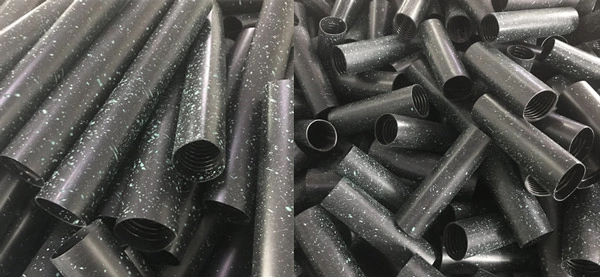
The spiral glue coating process of thick-walled heat shrinkable tubes with glue, the hot melt glue on the inner wall is in the shape of a thread, and the outer layer is sprayed with temperature-indicating paint. It is usually used in the communication industry.
Medium-thick-walled heat-shrinkable tubes generally use a glue coating process. First, the heat-shrinkable tube is extruded and expanded separately, and finally hot-melt glue is applied to the inner wall of the tube through a glue-coating device. Therefore, it is also called glued medium-thick-walled heat-shrinkable tubes. This production process is suitable for larger diameter specifications, and many glue lines can be clearly seen on the inner wall. This is the direct-coating glued heat shrinkable tube. The hot melt adhesive fluidity of this production process will be better than that of the co-extrusion coating process. Glue-coated heat-shrinkable medium-wall tubes are divided into direct coating and spiral coating according to different coating processes. Generally, they can be distinguished with the naked eye. The inner wall of direct coating has a vertical stripe shape, while the inner wall of spiral coating has a spiral or circular shape. ring. The wall thickness is thicker, and the diameter of the glued medium-thick wall heat shrinkable tube is relatively large. It is suitable for external anti-corrosion and reinforcement of small-diameter steel pipes, stainless steel and other hard objects to increase the service life. Such as the waterproofing and anti-corrosion of cable ducts and concrete buried steel pipes.
Co-extrusion gluing is generally suitable for double-walled heat shrinkable tubes with thinner and softer tube walls, while the post-gluing process is suitable for medium-thick wall heat-shrinkable tubes with thicker tube walls.

